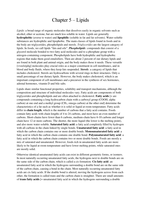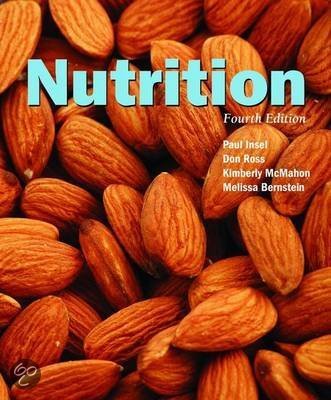Summary
Summary Chapter 5: Lipids. Nutrition, 4th edition, Insel et al.
- Course
- Institution
- Book
Samenvatting hoofdstuk 5 "Lipids" van het boek Nutrition door Insel et al. Summary of chapter 5 "Lipids" of the book Nutrition by Insel et al.
[Show more]




